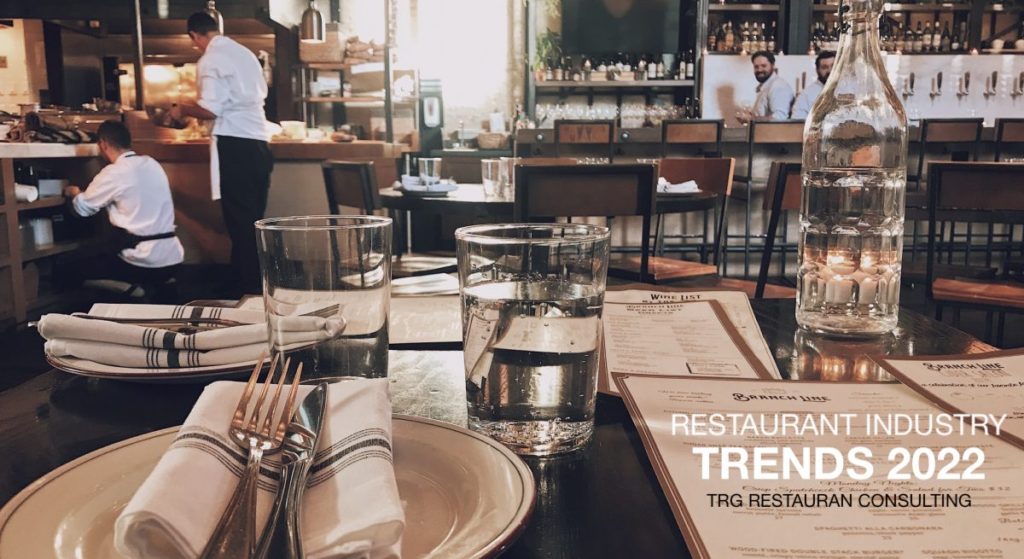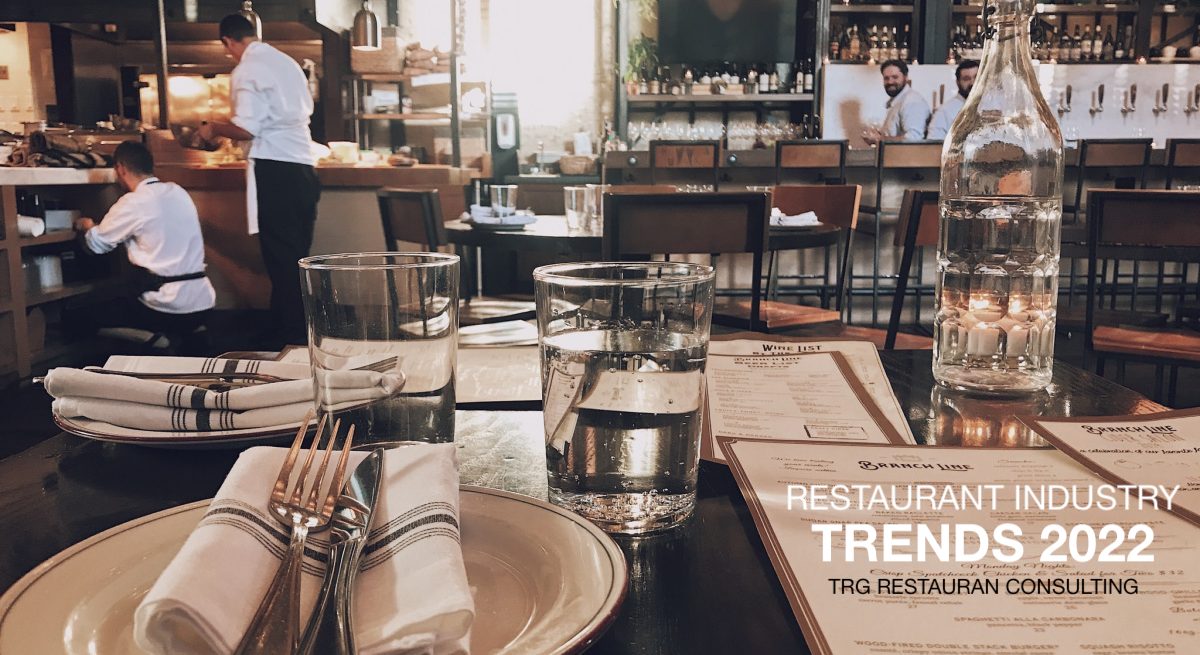
Restaurant Industry Trends and Outlook for 2022
In the first part of “Restaurant Industry Trends and Outlook for 2022,” we covered some key trends and insights for the restaurant industry to look forward to in 2022. Since then, we stumbled upon a few more important F&B trends that restaurant owners and restaurant-goers can expect to see in 2022.
Here are the top 5 restaurant trends to keep in mind as you usher in the New Year:
No. 1 Superior Food Packaging
As food deliveries and takeaways continue to rule the food industry in 2022, forward-looking restaurants are now moving away from plastic and other non-recyclable materials in their food packaging. They are increasingly adopting compostable packaging materials in food deliveries to reduce their carbon footprint.
The durability and heatability of the packaging are other considerations that restaurants are looking at as they adopt new packaging materials. The packaging must also be sturdy enough to prevent leaks during deliveries while enabling consumers to conveniently heat their food in the oven later.
No. 2 The Rise of K-cuisine
With the Hallyu or Korean Wave sweeping across the world during the pandemic, chefs have been taking food inspo from popular K-dramas[1].
K-cuisine favorites such as Korean corn dogs or K-dogs, Korean scrambled eggs or egg drop sandwiches[2], kimchi, soft tofu stew, and so on can now be seen on the menus of many restaurants across the world to cater to the growing fan following of K-dramas.
No. 3 Drinks With a Twist
Move over cocktails. 2022 is the year for non-alcoholic spirits. While this product category existed before 2022, its preparation has undergone a few significant tweaks.
The focus now is on incorporating fresh botanicals and quirky flavors such as lavender and tea. This gives drinkers a brand-new taste experience without the buzz and negative effects of alcohol.
Carbonated drinks, too, have undergone a transformation with prebiotics, probiotics, and other functional ingredients being added to them for a healthy twist. Don’t be surprised if you see tonic and seltzer flavors such as ginger lime and strawberry lemon on supermarket shelves or on the drinks menu of your favorite pub.
No. 4 A Shift in Catering Services
Restaurants that provide corporate catering services have had to rethink their service model in the past year. With many offices still shut and their employees working from home, restaurants have turned their attention to providing individualized catering for businesses[3].
Instead of sending bulk food packages to offices, restaurants now pack individual lunchboxes for a company’s employees and deliver them to each employee’s house. This prevents the risk of contamination and helps restaurants adhere to health and safety protocols amid the ongoing pandemic.
No. 5 A Pinch of Salt
In October 2021, the US Food & Drug Administration (FDA) advised Americans to cut their daily sodium intake from 3,400 mg to 3,000 mg by 2023. However, this announcement has not deterred Technomic from predicting that chefs will turn to salt to replace fat as a flavor enhancer in restaurant menus[4].
Naturally salty ingredients like seaweed and purslane are expected to take center stage. You’ll see more salt-cured fish and meats as well as salt-forward spice blends, condiments, and sauces like furikake, gomashio, za’atar, and koshos.
Conclusion
The year 2021 was a major learning curve for food operators across the world, and the incoming year is only set to steepen this curve. With so many new trends and themes taking hold of the restaurant industry in 2022, there is a need for restaurant owners to adapt to them in order to stay afloat and survive the pandemic.





